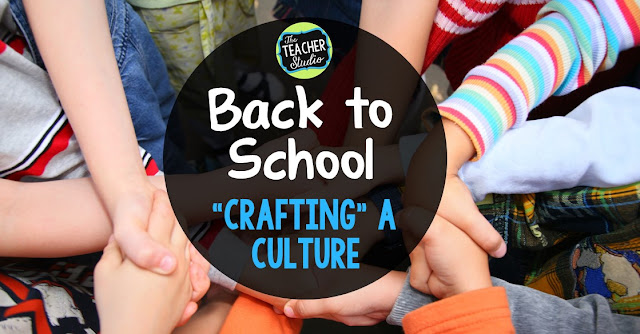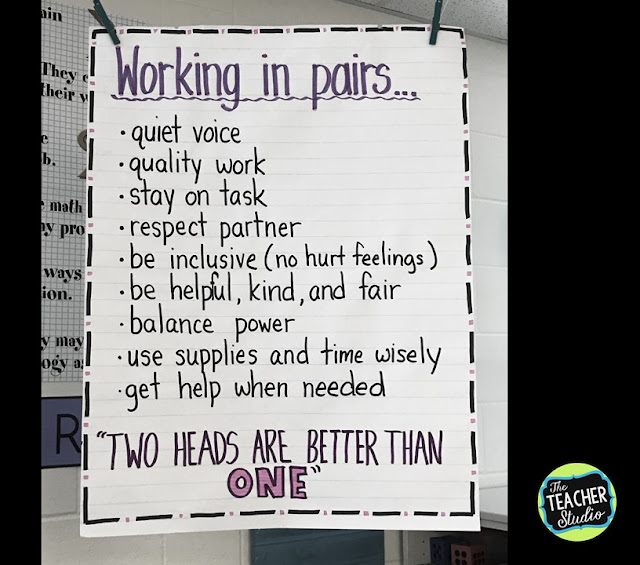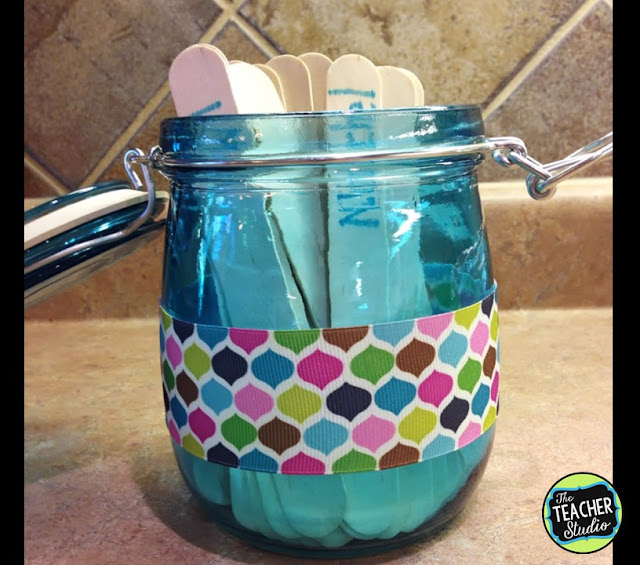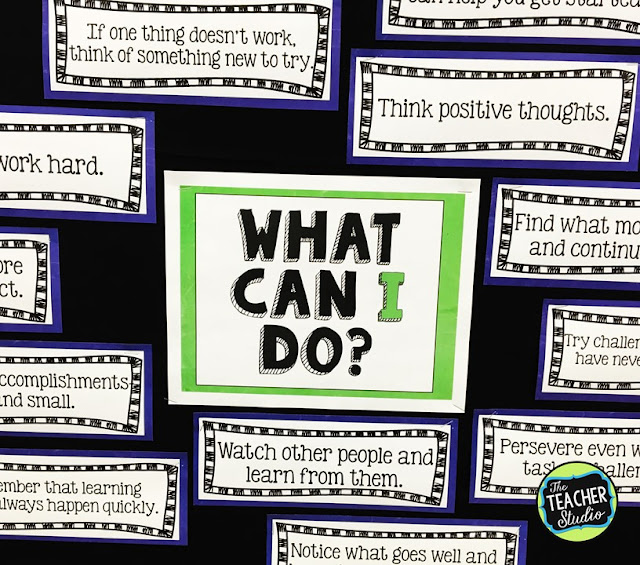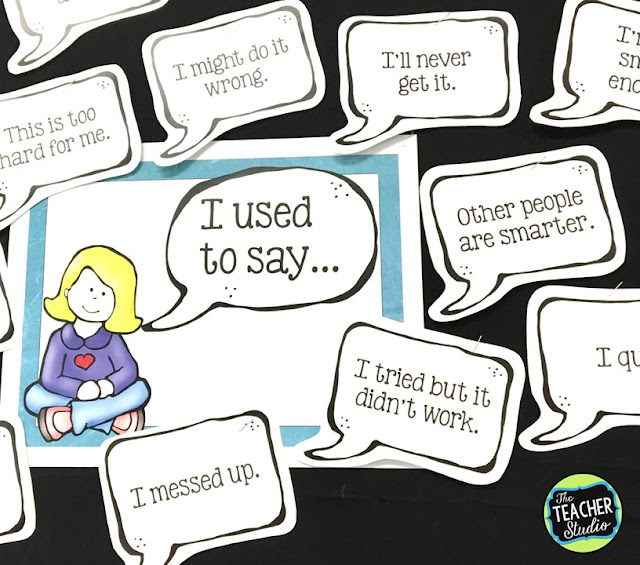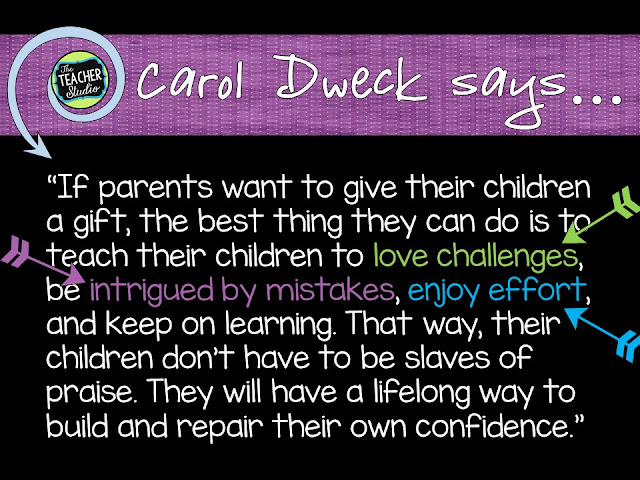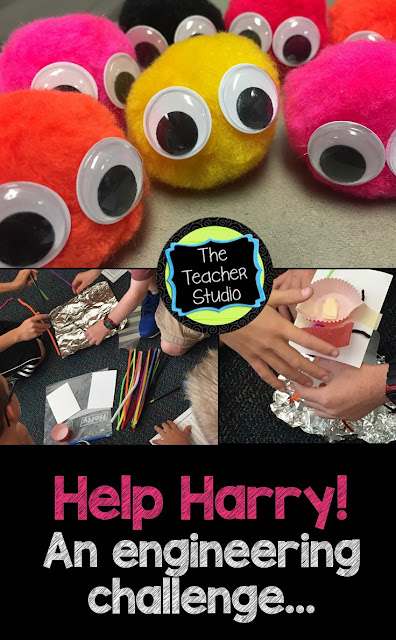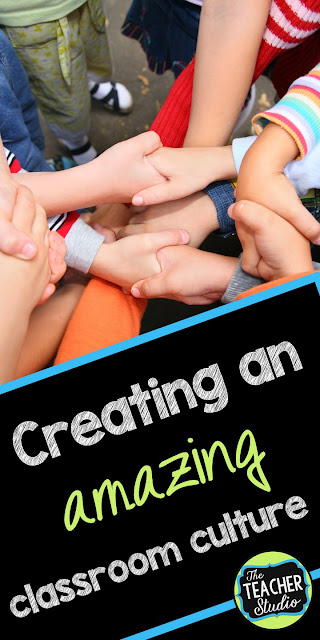




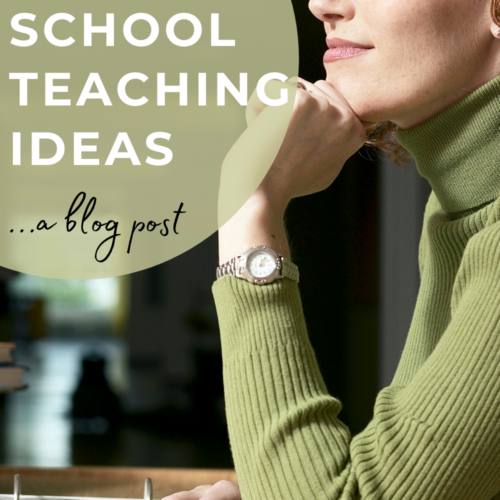

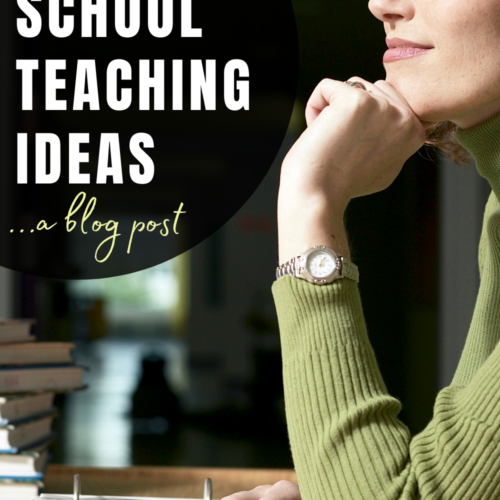
With the growth of Pinterest and other social media sites, I have seen even more attention paid to these things…the colored bins. The coordinated bulletin borders. The works. And you know what? It’s FINE. I know that we, as teachers, need to be happy in our classroom environments and creating that space can be a creative release for teachers as well. That being said…I do hope that we always remember that we are there for the students and their academic and social growth. Because of that, I wanted to share with you some of my current thoughts about back-to-school preparations. When I plan my classroom environment, THESE are the ideas that help steer my thinking.
Teach Students to Work Collaboratively
One thing I expect ALL year is that my students work collaboratively and cooperatively. This is not something all fourth graders do innately! Early in the year, I immerse my students in practice opportunities where I coach and we work together to establish “norms” for partnering. I truly believe that investing time early in the year in teaching students how to work in partners will pay off so much as I move to larger cooperative groups later in the year.
First, I encourage a discussion where we keep track of what students know about working in pairs. We FILL the white board with ideas and then work to group things together. I later record the key ideas on a chart that I display ALL year. When partnerships are struggling, I send them over to refer to the chart and identify and work on the issue.
I also get my students reading from DAY 1 that we work in partners a ton…and that we often don’t get to pick our own partners. I use “people picker” sticks a lot…and also use cooperative name tags that make it super easy to form groups of different sizes. We talk about how important it is to be able to work with ALL students…regardless of friendships, skills, gender, or any other variable. I also want students to understand how damaging a heavy sigh or an eye roll can be…and those are not allowed when partners are picked. Ever.
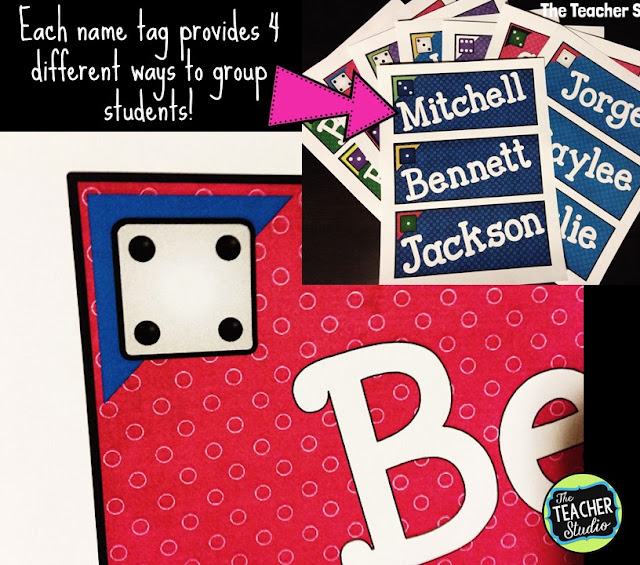 |
| Just click the image to learn more… |
Immerse Students in Growth Mindset Language and Practice
Talking about growth mindset is quite trendy…but when I first started reading and studying the brain research years ago, a few things became clear. This truly is a CULTURE that needs to be nurtured. It isn’t an “activity” or a project–it’s a way of DOING things–all year long. I do a lot of activities at the beginning of the year to get students comfortable with the language and ideas related to growth mindset…from reading picture books that represent it to using sentence stems to working with this bulletin board to really keep these ideas visible.
I also start the year off by providing students with a bunch of challenging tasks that help us practice a growth mindset and to build this culture. This leads to my next point…we want to create a climate where mistakes are made, acknowledged, managed, studied, and even celebrated. If you are interested in these growth mindset activities, click HERE or the images above.
Nurture of Culture for Mistake-Making and Productive Struggle
A few ways to encourage productive struggle…
Encourage Deep Thinking
I know some people like to start the year off with a lot of low-stress activities–but I am a believer in digging right in and getting going! In those first weeks, I do provide students with the chance to really practice those “culture” pieces–discussion, partnering, discussion, and so on. This fun cooperative activity gets so much great discussion going–and the students just love it! Click the image to go the blog post all about it…(and it’s free!)
Although I certainly do stick to the curriculum sequence, I also want my students to have to think deeply from the first day–and to realize that there ARE going to be problems this year that they can’t solve right away–or alone. We work collaboratively to tackle these back to school word problems, and it’s a great opportunity for me to watch how students are working and what strategies they have dealing with problems that require a little thinking. It is almost like a little assessment for me to see how they work together and how willing they are to tackle challenges.
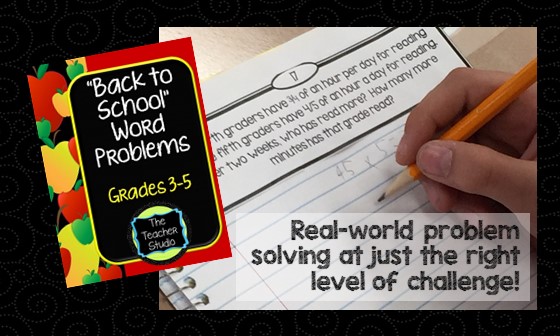 |
| Just click the image to see more about these problems (also available in a digital version) |
The Power of Read Alouds!
Another way I really get my students thinking from the first day is with my read alouds. I start the year by reading picture books that get them thinking…and I also start my first chapter book read aloud of the year. For the last few years, I have used Fish in a Tree as my first read aloud because it has SO much to offer…it helps us learn to talk about books, about bullying, about life at school, and about how we each have our own journey at school. If this is a new book for you, I can’t recommend it enough. I have put together a resource with a lot of the writing and discussion prompts that I use along with this text in case you are interested. It has both print and digital options included!
I also love the book “Save Me a Seat” at the beginning of the year. It’s a great way to talk about bullying, empathy, and judging people by their “book cover”. There is so much to talk about with this book–and I’ve created a guide to help you lead students through this novel as well. It also has both print and digital options.
Help Students Self-Assess and Reflect on Their Learning
Fish in a Tree is the perfect novel to kick of our year-long discussions about how we EACH have our own educational journey and a different path to success. We start with a lot of interest surveys and self-reflections where we check out our strengths and do some goal setting. This math behavior checklist is one of the things we do–and it really helps students start to move away from the idea that “good” math students are fast at math facts–and they learn that math (and other learning) is so much more than this.
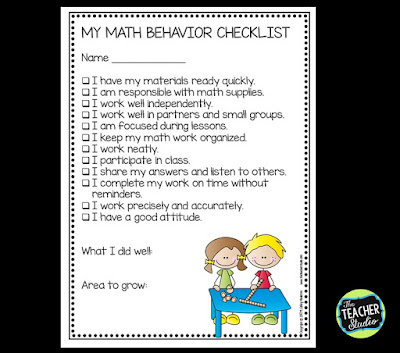 |
| This is a part of my math practice standards self-assessment resource. Click the image to see more. |
Getting students to recognize and “own” their own strengths and goals is a great way to work on that culture for learning…that idea that we are all on this journey together.
Culture of Fun and Joy
I hope you can see that I firmly believe that despite all the demands placed on us by our policies, our administrators, our peers, social media, and more–we really CAN create a culture in our classrooms of acceptance, fun, and excitement. Students need to feel like we are on their team and will support them unconditionally–and when we have this culture in our classroom, we CAN have fun and do amazing things. So…go ahead and search Pinterest for the perfect classroom theme and have fun. But please remember why we do what we do…we nurture humans to become better humans. Have a great school year.
Want to pin this for later?

